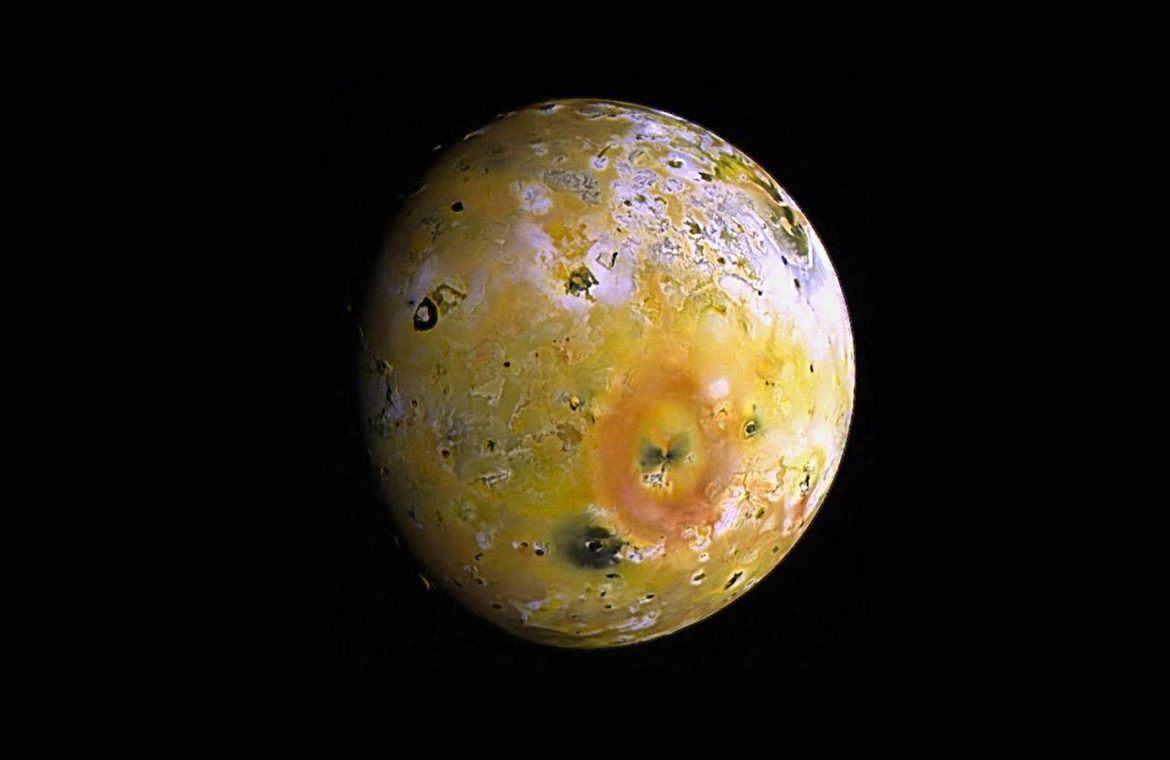Juno probe provides exceptional data now and then. During the last flight near the planet, the spacecraft’s instruments “heard” radio waves emitted by the moon Io, covered with lava and volcanoes.
Just a few weeks ago, the Juno spacecraft sent back images to Earth from the first close pass near Ganymede, Jupiter’s largest moon, but also the largest moon in the Solar System. Now, fascinating information is reaching Earth about the last of Galileo’s four moons.
Io is the closest to Jupiter of all the 79 smaller and larger moons. During each orbit of the planet, it is constantly pulled and compressed by gravity by the planet itself, as well as by two other nearby large moons, Europa and Ganymede. Due to these interactions, huge amounts of heat are generated inside the globe, which over time appears in the form of powerful volcanic eruptions that regularly change its surface.
One of the instruments installed aboard the Juno probe records radio waves from Jupiter’s magnetic field, for which Io may be responsible.
Where did these radio waves come from?
Io’s surface is covered with a huge number of active volcanoes, which, on average, emit tons of gas and dust per second. Some of this volcanic material is ionized in space and falls along the planet’s magnetic field lines to Jupiter itself. The electrons captured by the magnetic field are heading towards the planet’s poles at an increasing speed and as they accelerate, they emit radio waves of caliber scale.
Moreover, the waves are audible to Juno’s instruments only in a narrow cone that sweeps across the space around the planet like light from a lantern. Juno “hears” electrons from Io only if it happens to be in this cone under favorable conditions.







